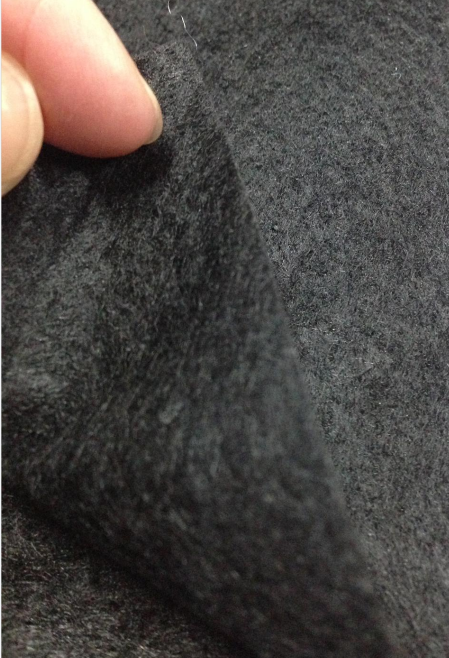Landscape fabric is a type of geotextile specifically designed for use in landscaping and gardening applications. Wholesale landscape fabric It serves multiple purposes, including weed control, soil separation, and erosion prevention. Here’s a detailed overview:

Types of Landscape Fabric
Woven Landscape Fabric:
Made from interwoven fibers, typically polypropylene or polyester.
Provides good strength and durability.
Allows water and nutrients to pass through while blocking sunlight to prevent weed growth.
Nonwoven Landscape Fabric:
Made from bonded fibers, often through needle punching or thermal bonding.
Offers excellent filtration and drainage properties.
Generally more flexible and easier to cut and install than woven fabrics.
Key Features
Weed Control: Blocks sunlight, preventing weed seeds from germinating while allowing water and nutrients to penetrate the soil.
Water and Air Permeability: Facilitates proper drainage, preventing water pooling and promoting healthy root growth.
Soil Separation: Helps separate soil layers, preventing mixing and maintaining soil structure.
Erosion Control: Stabilizes soil on slopes and prevents soil erosion caused by wind or water.
Applications
Gardening:
Used under mulch in flower beds and vegetable gardens to suppress weeds and maintain soil moisture.
Landscaping:
Ideal for use in pathways, under gravel or stone, to prevent weed growth and maintain a clean appearance.
Erosion Control:
Applied on slopes, embankments, and around trees to stabilize soil and reduce erosion.
Drainage Systems:
Used in conjunction with drainage gravel to filter water and prevent sediment from clogging drainage systems.
Installation Tips
Site Preparation:
Clear the area of weeds, debris, and large rocks before installing the fabric.
Cutting and Laying:
Cut the fabric to fit the area, allowing for overlaps where necessary. Lay the fabric flat without any folds or wrinkles.
Securing the Fabric:
Use landscape staples or pins to secure the edges and overlaps of the fabric to the ground to prevent shifting.
Covering:
Add mulch, gravel, or soil on top of the fabric to protect it from UV rays and enhance the aesthetic appeal.
Maintenance
Regular Inspection: Check for damage or areas where weeds may be pushing through.
Replenishing Mulch: Over time, mulch can break down, so it may need to be replenished to maintain effectiveness.
Landscape fabric is a valuable tool for gardeners and landscapers, providing effective weed control, soil stabilization, and moisture retention. By choosing the right type of fabric and installing it correctly, you can enhance the health and appearance of your landscape while reducing maintenance efforts. To find the wholesale landscape fabric is also important.
Post time: Sep-23-2024
